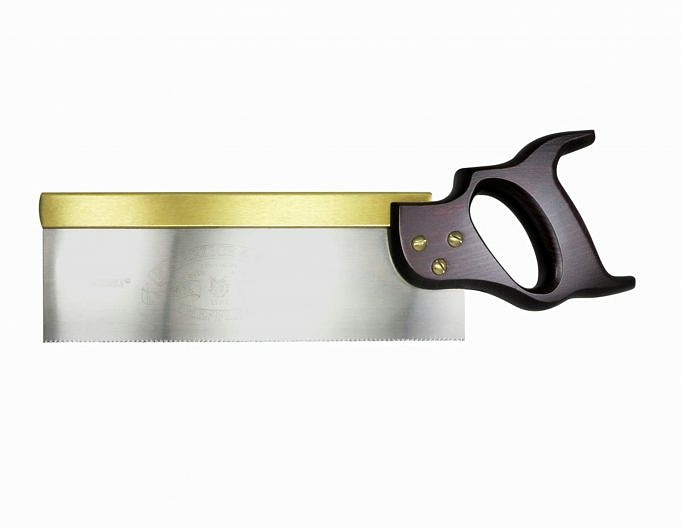There are many types of saws on the market, and it can be daunting trying to determine which is the best one for the job at hand.
In this post, well compare two popular saws: the carcass saw and the tenon saw. Well look at the pros and cons of each to help you decide which is right for you. Let’s get started!
Carcass Saw Vs Tenon Saw Which Is Better?
When it comes to carpentry saws, the two main types are the carcass saw and the tenon saw. Both have their own unique strengths and benefits, but which one is right for you?
Let’s take a closer look at each type of saw to help you choose the right one for you. Stay tuned!
Carcass Saw
The carcass saw is a long and broad blade that can be used to cut straight lines in wood. It comes with a wooden handle, and it offers just the right amount of grip for this kind of job. To cut through wood, the saw can be pulled or push.
Pros:
This is one of today’s most popular and versatile types.
You can use it on almost any material; you arent limited in what youre cutting like some circular saws are (the size of their base usually determines what they can cut).
They provide great control over the depth and angles you need when cutting.
Cons:
The blades can fray, but this can be prevented by regularly filing down the blades. They can also produce large amounts of waste when cutting larger chunks of hardwood.
Tenon Saw:
The tenon saw has a short and narrow blade with sharp teeth on the end. Its commonly used for woodworking purposes such as making crosscuts and more detailed cuts in drywall.
The handle provides great control over the saw; it allows you to cut very precisely thanks to its small size and weight (it weighs around 3 kg).
Pros:
Due to its size and weight, this type of saw is very intuitive and easy to use once youve had some practice with it.
It is extremely versatile and provides excellent control over all angles of cutting. This makes it a popular choice when cutting thin material.
Cons:
This saw is not designed to be used for cutting through thick material. It can only be used with thin wood.
You cannot also control the depth of cuts made. It takes more time to complete any job than a regular circular saw.
You also have less control when push-pulling the blade so you need more room around your workbench for protection from misshapen cuts!
FAQs:
What Are The Key Features To Look For When Purchasing Either Type Of Saw?
When choosing between either type of saw, one key determining factor is the quality of the blade. You want it to last longer by using high-quality steel.
Also, ensure that you have enough teeth. More teeth means a better cut and less fraying when cutting hardwood.
What Should I Look For When Trying To Purchase Either Type Of Saw?
Before you start looking at any type of saw, think about what purpose it will serve. This will determine if the saw’s size and weight is right for you.
Next, consider whether you require a push- or pull action. Then, determine the depth of cut that you may need.
What Is A Good Saw To Use For Both Softwood And Hardwood?
Due to its size and weight, the tenon saw can be used with both materials. However, its best used on harder woods where itll provide a cleaner cut while giving you more control over the shape and depth of the cut.
What’s A Good Saw For Cutting Drywall?
The tenon saw is best used for cutting drywall because it gives you more control over what shape and size cut youre making, and it will produce less damage than a regular saw would. It also weighs less than the carcass saw so you have more control over the angles.
What Saw Do You Prefer?
I prefer the tenon saw for two reasons.
First, I prefer to make smaller cuts. This saw gives me good control over the fineness of my cuts.
The second reason is that its great for using on drywall; I feel more comfortable working with hardwood rather than drywall, but if youre looking to do anything with drywall, I recommend this saw.
Conclusion:
While both types of saws have their pros and cons, if youre looking for a versatile type then a carcass saw is probably best suited to your needs. If youd rather invest in a saw thats easier to control when it comes to the depth and angles of the cuts, then you should consider getting a tenon saw.



